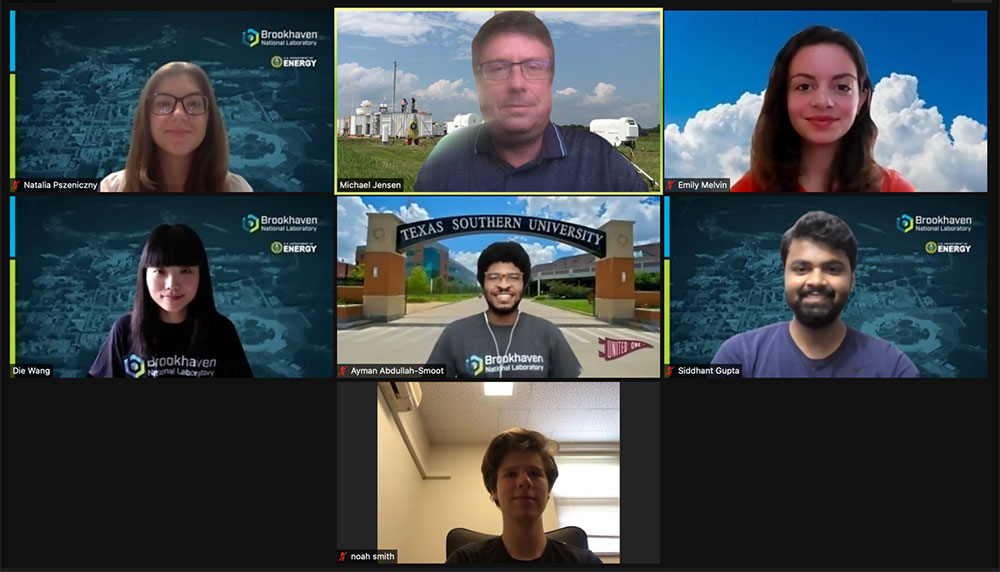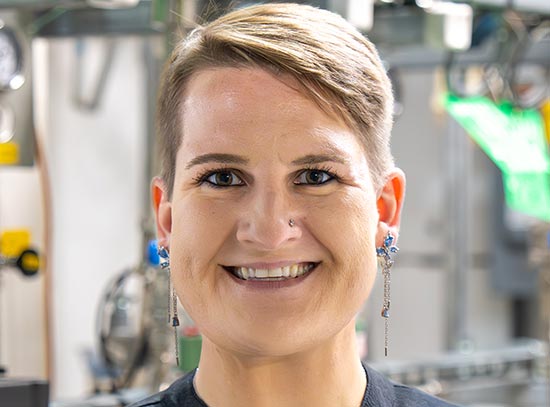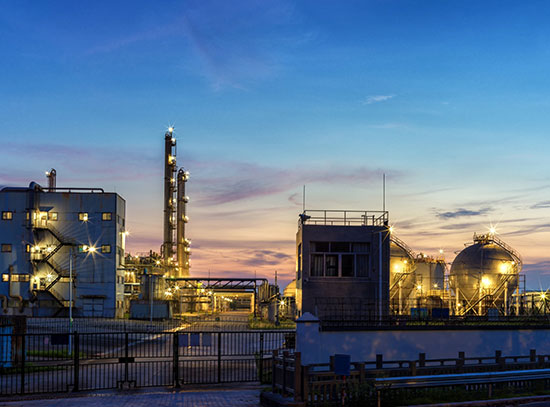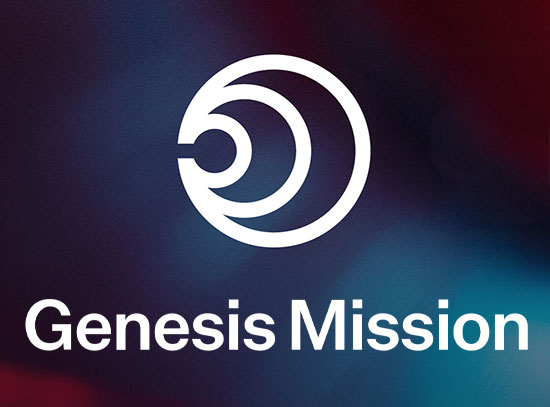TRACER Talk: Student Interns Contribute to Early Research Efforts
September 6, 2022
 enlarge
enlarge
Brookhaven National Laboratory interns and mentors met daily on Zoom to discuss their TRACER analysis. Pictured are: (top row, left to right) Natalia Pszeniczny, Michael Jensen, Emily Melvin; (middle row, left to right) Dié Wang, Ayman Abdullah-Smoot, Siddhant Gupta; and (bottom row) Noah Smith. Screenshot is courtesy of Jensen.
The following campaign update was written by Michael Jensen, a meteorologist at the U.S. Department of Energy’s Brookhaven National Laboratory. He the principal investigator for the TRacking Aerosol Convection interactions ExpeRiment (TRACER) in Texas. It was originally published as a blog post by DOE’s Atmospheric Radiation Measurement (ARM) user facility.
Finally, after years of planning and two COVID-induced delays, the TRACER field campaign began last fall in the Houston, Texas, region, collecting data on clouds, aerosols, precipitation, meteorology, and radiation 24 hours a day, seven days a week.
A four-month intensive operational period began June 1, bringing many more instruments and detailed measurements to the campaign. This allowed a group of undergraduate and high school interns at BNL to gain firsthand experience analyzing real atmospheric data and contribute to the science coming from TRACER.
This year’s internships took place in a hybrid environment, with three interns participating virtually and one in person. The interns met daily with mentors Michael Jensen, Dié Wang, and Siddhant Gupta via Zoom to review progress, ask questions, and plan next steps. Group members conducted ongoing discussions via Slack, email, Zoom, or, when possible, face to face.
The team also participated in the daily TRACER weather briefing, with interns eventually helping to gather the material used in the forecast presentation.
The interns’ research focused on identifying the passage of sea-breeze events at the main TRACER site at La Porte, Texas, and then averaging the main cloud, thermodynamic, dynamic, and radiative properties associated with those events. This work will contribute to a manuscript to be submitted later this year.
Read about the interns’ experiences:
Ayman Abdullah-Smoot, Texas Southern University
This summer, I examined balloon-borne sounding observations collected during the TRACER campaign. Although I had no prior background in climate research, I was initially drawn to this experiment because I have lived in Houston for the past four years and have witnessed a few climate disasters during my time there. I enjoyed getting to take a part in research that hit so close to home for me.
I learned a lot during my internship. Some of it was quite challenging to grasp for someone with no experience. Even though I had prior experience using Python, I had never used real data sets before. I worked through these challenges with the help of my research team.
Our mentors, Mike, Dié, and Sid, did a great job of creating a very collaborative environment for me and my fellow interns. At no point did I ever feel like I was on my own or without help. I credit them for making my internship as enjoyable as it was and for piquing my interest in climate sciences.
Emily Melvin, Georgia Institute of Technology
This summer, I got to dive headfirst into atmospheric research. I had taken a few basic environmental and meteorology classes, but this was my first chance to get hands-on experience working with meteorologists as part of a field campaign.
I came into this internship with some basic Python skills, and with Dié and Sid’s guidance, I built upon those skills. Before, I could only run codes and do some basic math, but now I have the ability to write my own scripts to produce a variety of figures and analyses.
I also got to sit in on forecasting calls for the field campaign in Houston, which at first was a bit overwhelming because of the number of different models and variables discussed, but Mike explained to us what each slide showed and how it related to our focus on sea breezes. By the end of the internship, we assisted in updating the slides for the meeting. This allowed me to practice my forecasting skills and explore some of the resources available to meteorologists. Thank you, Dié, Mike, and Sid!
In the video above, Abdullah-Smoot, Melvin, Pszeniczny, and Smith share their work August 3 during a set of national laboratory intern presentations. (Their presentation ends at 1:14:59.)
Natalia Pszeniczny, General Douglas MacAruthur High School (New York)
This summer, I had the unique opportunity to be a high school intern at BNL through the High School Research Program. Alongside my mentors, I developed my coding skills and expanded my knowledge of the natural sciences. I feel as though I grew professionally, as well as personally, through this experience.
I began my internship with minimal background in Python and only basic atmospheric science knowledge that I learned in school. After much trial and error, I successfully coded, plotted, and analyzed data pertaining to radiation and cloud cover associated with sea breezes in southeastern Texas.
I am so happy that I got to contribute to the TRACER campaign, and I feel as though the experience and knowledge I gained this summer will help me throughout my educational career.
I would like to thank my mentors, Dié, Mike, and Sid, for this opportunity and for their guidance, as well as my partners, Ayman, Emily, and Noah, for their support and dedication.
Noah Smith, Occidental College
I am very grateful to have had the opportunity to work alongside a wonderful team this summer and gain very valuable research experience. I had not previously done any work with atmospheric science, but it has always been an interest of mine, and I am very glad that I was given the opportunity to explore it despite my inexperience.
Throughout the internship, my coding skills increased a lot, and I gained a much better understanding of atmospheric science and meteorology, as well as lots of insight into the professional field surrounding them.
My work focused on creating plots of many different conditions in the Houston region to examine sea-breeze characteristics. I looked at NEXRAD radar reflectivity, Doppler lidar vertical velocity, and disdrometer precipitation data, as well as a variety of variables from model outputs, and combined my results with those of my teammates to get a better picture of sea-breeze characteristics near Houston. It was very interesting to see how all the different conditions changed and interacted with one another and how they varied with geographical location, height, and time.
I was also given the opportunity to be present for the daily forecast discussions for the TRACER campaign, and I even helped update the slides a few times, which was a really cool and unique experience.
Overall, I had a really positive experience this summer. I was nervous going into my first real research experience in a completely new field, but with the help of my wonderful mentors, Mike, Dié, and Sid, as well as a very supportive and fun group of interns, I grew both academically and personally while contributing to a larger goal. Thank you to my whole team, as well as DOE, ARM, and BNL, for making it all possible!
Apply now for DOE undergraduate internships: Abdullah-Smoot, Melvin, and Smith joined BNL this summer through the Science Undergraduate Laboratory Internships (SULI) program offered by DOE’s Office of Science. DOE is accepting SULI applications for the spring 2023 (January through May) term. Community college students can also apply to DOE’s Community College Internships (CCI) program for spring 2023. The application deadline for both programs is October 5, 2022, at 5 p.m. Eastern time. Get more information.
Brookhaven National Laboratory is supported by the Office of Science of the U.S. Department of Energy. The Office of Science is the single largest supporter of basic research in the physical sciences in the United States and is working to address some of the most pressing challenges of our time. For more information, visit science.energy.gov.
Follow @BrookhavenLab on Twitter or find us on Facebook.
2022-20802 | INT/EXT | Newsroom









